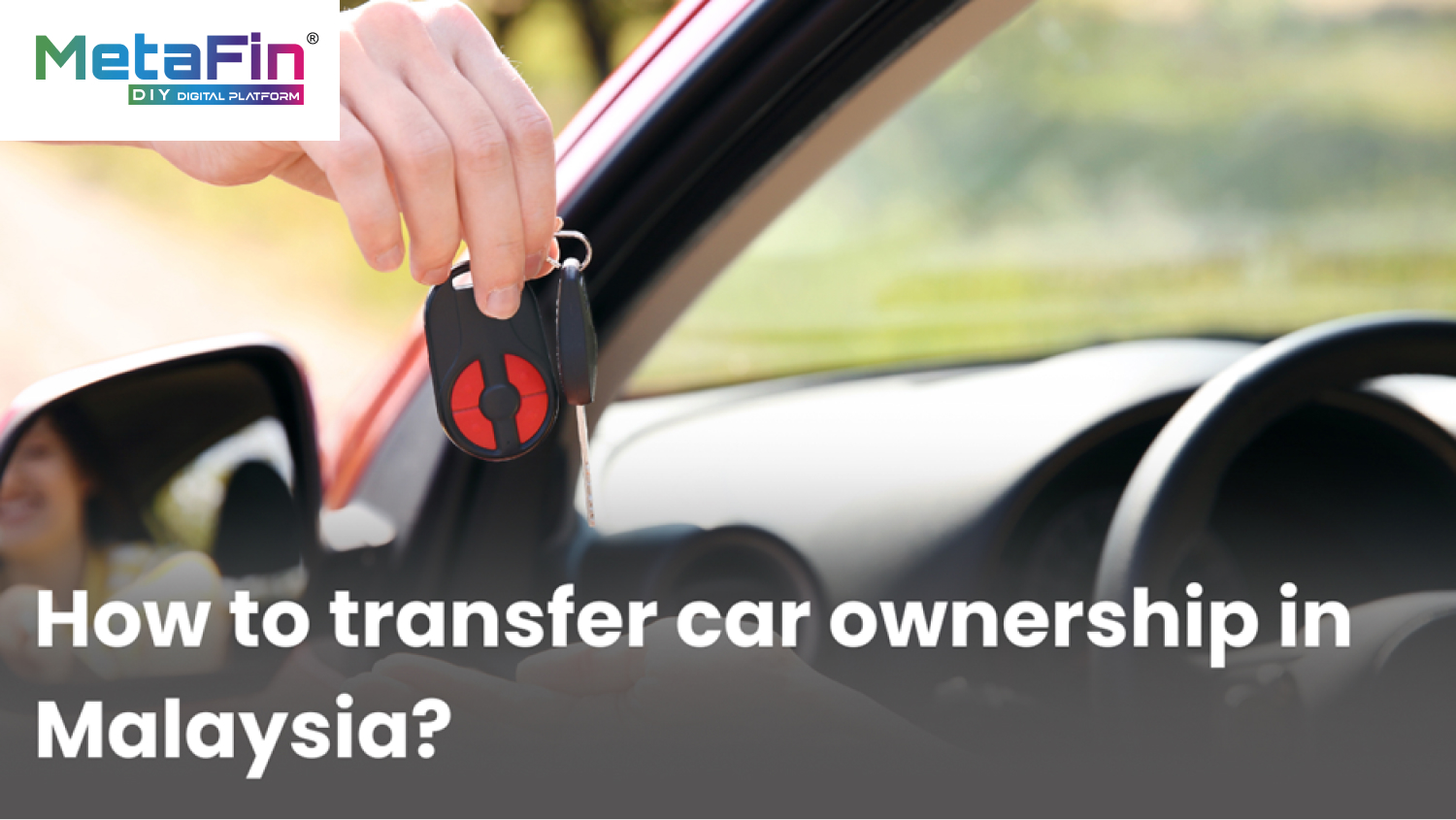Transferring car ownership in Malaysia is a straightforward process, essential for both buyers and sellers. Understanding the legal requirements and steps involved ensures a smooth and hassle-free transaction. This article provides a comprehensive guide on how to transfer car ownership in Malaysia.
Verify Necessary Documents
Before you initiate the car ownership transfer process, make sure you have all the required documents ready. These documents include:
- Original car registration card (grant or title)
- A copy of the car owner’s identity card (IC)
- A copy of the buyer’s and seller’s IC
- A copy of the buyer’s and seller’s driver’s license
- A copy of the car insurance certificate
- A copy of the Puspakom inspection report
- A completed JPJ K3 form
- A completed JPJ K8 form
- A completed JPJ K9 form
Settlement of Outstanding Loans:
Prior to initiating the ownership transfer process, it’s imperative to settle any existing loans or financing associated with the vehicle. This ensures a smooth transition of ownership and minimizes potential complications.
Puspakom Inspection:
Before the ownership transfer can proceed, the vehicle must undergo a comprehensive inspection conducted by Puspakom, the Computerized Vehicle Inspection Center. This inspection verifies the vehicle’s roadworthiness, adherence to safety standards, and absence of any criminal or stolen records. The resulting Puspakom inspection report is a prerequisite for the transfer process and remains valid for 30 days.
Complete JPJ Forms:
If applicable, both the buyer and seller must complete the necessary JPJ forms. The JPJ K3 form serves to notify the Road Transport Department (JPJ) of the vehicle’s sale, while the JPJ K8 form constitutes an agreement of the sale. Additionally, the JPJ K9 form, known as the “Permit Pemindahan Kenderaan,” authorizes the transfer of ownership.
Payment of Transfer Fee:
As part of the transfer process, a transfer fee must be remitted at the nearest JPJ office. The fee amount varies depending on factors such as the vehicle’s engine capacity and age.
Visit the JPJ Office:
Both the buyer and seller should jointly visit the nearest JPJ office to finalize the transfer. During the visit, all requisite documents—including the Puspakom inspection report, completed JPJ forms, and proof of transfer fee payment—should be submitted. JPJ officials will authenticate the documents and facilitate the transfer process.
Receive Confirmation:
Upon approval of the ownership transfer, a confirmation slip will be issued by the JPJ office. The buyer should retain this document as evidence of ownership.
Road Tax and Insurance:
Following the transfer of ownership, the buyer must procure new road tax and update the vehicle’s insurance policy. These steps are essential to ensure legal ownership and insurance coverage under the new owner’s name.
Special for all MetaFin users:
Secure a unique protection for yourself and your loved ones.





